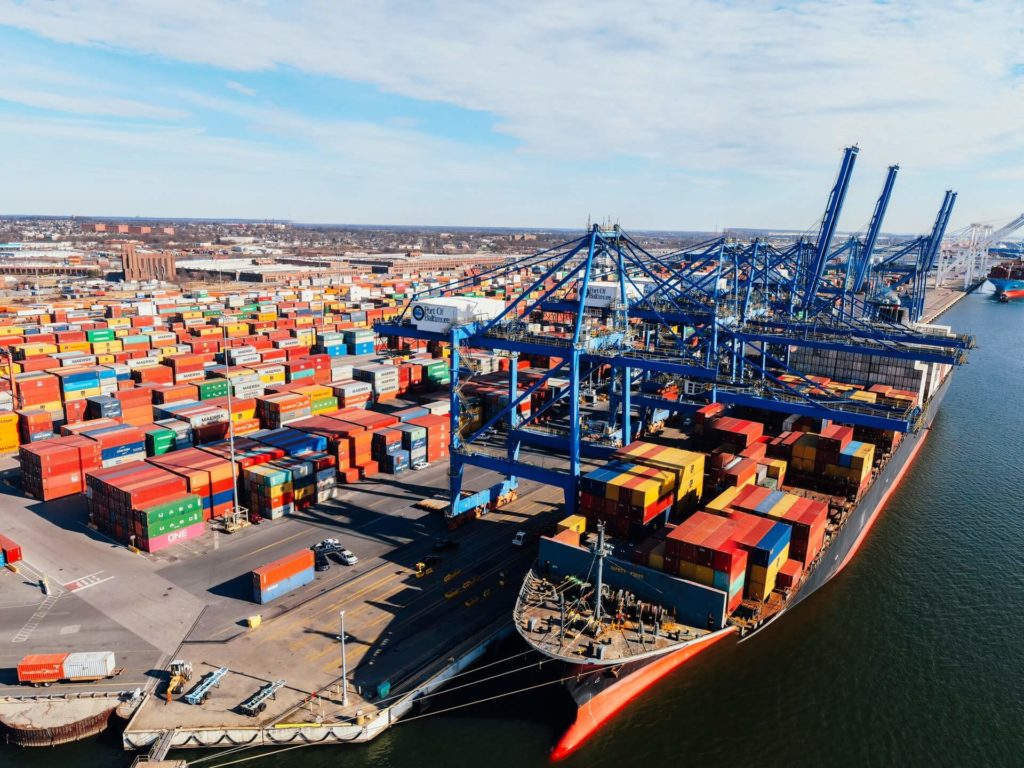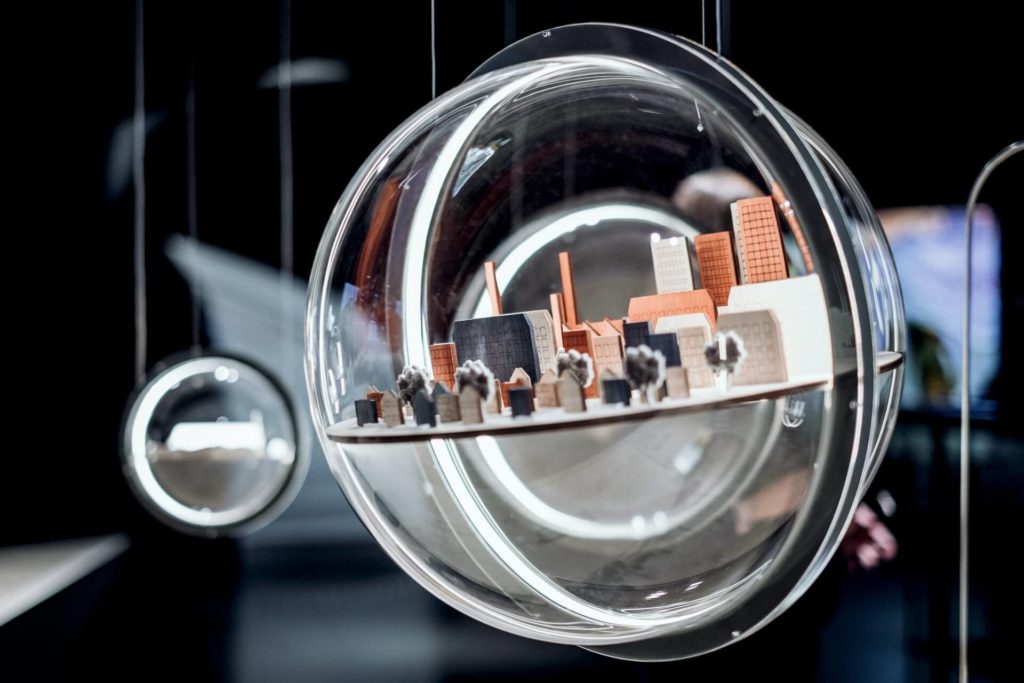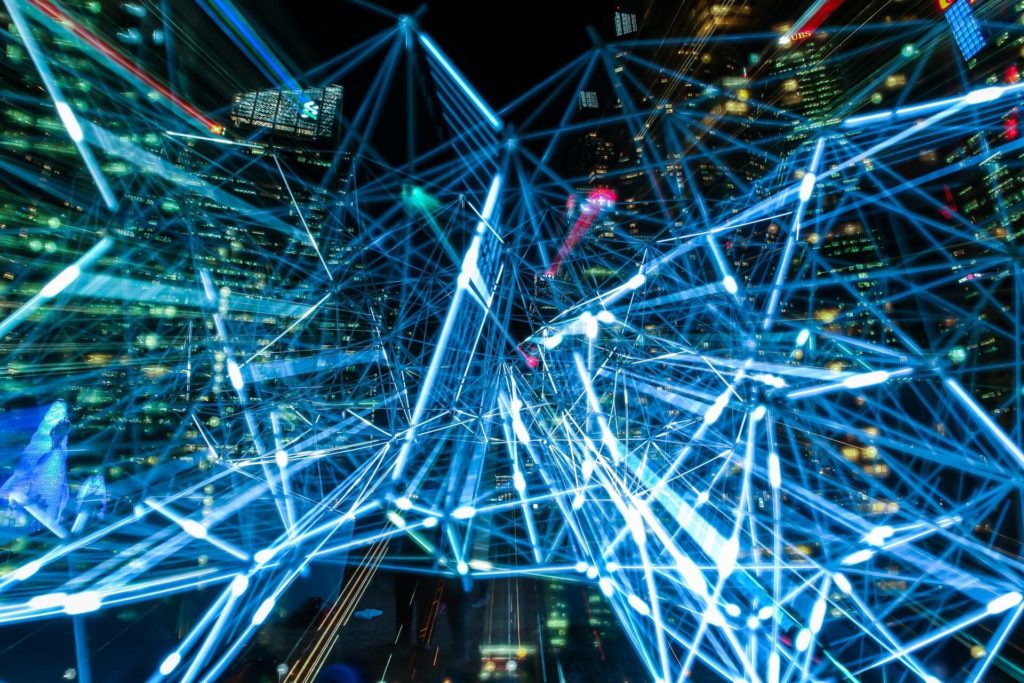Artificial Intelligence Driving Net Zero
A digital revolution has the potential to deliver a more sustainable world economy.
The fourth industrial revolution (Industry 4.0) is already happening, and it’s transforming the way manufacturing operations are carried out. Industry 4.0 is a product of the digital era as automation and data exchange in manufacturing technologies shift the central industrial control system to a smart setup that bridges the physical and digital world, addressed via the Internet of Things (IoT).
Industry 4.0 is creating cyber-physical systems that can network a production process enabling value creation and real-time optimization. The main factor driving the revolution is the advances in artificial intelligence (AI) and machine learning. The complex algorithms involved in AI use the data collected from cyber-physical systems, resulting in ‘smart manufacturing‘.
The impact that Industry 4.0 will have on manufacturing will be astronomical as operations can be automatically optimized to produce increased profit margins. However, the use of AI and smart manufacturing can also benefit the environment. The technologies used to optimize profits can also be used to produce insights into a company’s carbon footprint and accelerate its sustainability. Some of these methods are already available to help companies reduce their GHG emissions. Other methods have the potential to reduce global GHG emissions in the future.
Scope 3 Identification
Scope 3 emissions are the emissions from a company’s supply chain, both upstream and downstream activities. This means scope 3 covers all of a company’s GHG emission sources except those that are directly created by the company and those created from using electricity. It comes as no surprise that on average Scope 3 emissions are 5.5 times greater than the combined amount from Scope 1 (direct) and Scope 2 (electricity). Therefore, companies should ensure all three scopes are quantitated in their GHG emissions baseline.

However, in comparison to Scope 1 and Scope 2 emissions, Scope 3 emissions are difficult to measure and calculate. This is because of a lack of transparency in supply chains, lack of connections with suppliers, and complex industrial standards that provide misleading information. The major issues concerning Scope 3 emissions are as follows:
- Reliability of data – This includes the variability in data quality between supply chains and the uncertainty in carbon emission factors used to calculate GHG emissions.
- Double counting – Emissions can easily be double counted as supply chains of companies become interconnected. For example, transportation of a product for one company is also transportation of material for another company.
- Fair attribution of total supply chains – Given the total GHG emissions for a supply chain have been successfully counted, what is the fair responsibility of each actor in the supply chain?
AI-based tools can help establish baseline Scope 3 emissions for companies as they are used to model an entire supply chain. The tools can quickly and efficiently sort through large volumes of data collected from sensors. If a company deploys enough sensors across the whole area of operations, it can identify sources of emissions and even detect methane plumes.
Digital Twin Optimization
A digital twin is an AI model that works as a digital representation of a physical piece of equipment or an entire system. A digital twin can help the industry optimize energy management by using the AI surrogate models to better monitor and distribute energy resources and provide forecasts to allow for better preparation. A digital twin will optimize many sources of data and bring them onto a dashboard so that users can visualize them in real-time.
For example, a case study at the Nanyang Technological University used digital twins across 200 campus buildings over five years and managed to save 31% in energy and 9,600 tCO2e. The research used IES’s ICL technology to plan, operate, and manage campus facilities to minimize energy consumption.
Digital twins can be used as virtual replicas of building systems, industrial processes, vehicles, and many other opportunities. The virtual environment enables more testing and iterations so that everything can be optimized to its best performance. This means digital twins can be used to optimize building management making smart strategies that are based on carbon reduction.

Predictive Maintenance
Predictive maintenance of machines and equipment used in industry is now becoming common practice because it saves companies costs in performing scheduled maintenance, or costs in fixing broken equipment. The AI-based tool uses machine learning to learn how historical sensor data maps to historical maintenance records. Once a machine learning algorithm is trained using the historical data, it can successfully predict when maintenance is required based on live sensor readings in a plant. Predictive maintenance accurately models the wear and tear of machinery that is currently in use.
The best part of predictive maintenance is that it does not require additional costs for extra monitoring. Algorithms have been created that provide accurate predictions based on operational telemetry data that is already available. Predictive maintenance combined with other AI-based methods such as maintenance time estimation and maintenance task scheduling can be used to create an optimal maintenance workflow for industrial processes.
Conversely, improving current maintenance regimes which often contribute to unplanned downtime, quality defects and accidents is appealing for everybody.
An optimal maintenance schedule produced from predictive maintenance prevents work that often is not required. Carbon savings will be made via the controlled deployment of spare parts, less travel for people to come to the site, and less hot shooting of spare parts.
Optimization for more efficiency
Intervening with maintenance only when required and not a moment too late will save on the use of electricity, efficiency (by preventing declining performance), and human labor. Additionally, systems can employ predictive maintenance on pipes that are liable to spring leaks, to minimize the direct release of GHGs such as HFCs and natural gas. Thus, it has huge potential for carbon savings.
Underpinning the scheduling of maintenance activities on predictive maintenance and maintenance time estimation can produce optimal maintenance scheduling. The work optimized the scheduling by minimizing costs based on plant layout, downtime, and labor constraints. However, scheduling can also be planned by optimizing the schedule concerning carbon emissions. In this situation, maintenance activities can be performed so that fewer journeys are made and GHG emissions are saved.
The current portfolio of research being conducted at the Alan Turing Institute (UK’s national center for data science) includes projects that explore how machine learning can be part of the solution to climate change. For example, an electricity control room algorithm is being developed to provide decision support and ensure energy security for a decarbonized system. The national grid’s electricity planning is improved by forecasting the electricity demand and optimizing the schedule. Further, Industry 4.0 can plan for the impact that global warming and decarbonization strategies have on our lives.

IoT facilitating the circular economy
The internet of things (IoT) is the digital industrial control system, a network of physical objects that are connected over the internet by sensors, software and other technologies that exchange data with each thing. In time, the implementation of the IoT will be worldwide and every single production process and supply chain will be available as a virtual image.
Open access to a worldwide implementation of the IoT has the potential to provide a truly circular economy. Product designers can use the information available from the IoT and create value from other people’s waste. Theoretically, we could establish a system where manufacturing processes are all linked so that there are zero extracted raw materials, zero waste disposed of, and net-zero emissions.
Currently, the world has developed manufacturing processes one at a time, not interconnected value chains across industries. It may be a long time until the IoT creates the worldwide virtual image required, but once it has the technology is powerful enough to address losses from each process and exchange material between connected companies. Both materials and energy consumption can be shared to lower CO2 emissions drastically.
It may take decades, but the IoT provides the technology to create a circular economy – benefiting the environment, and driving the world to net-zero.